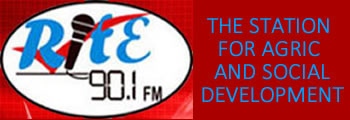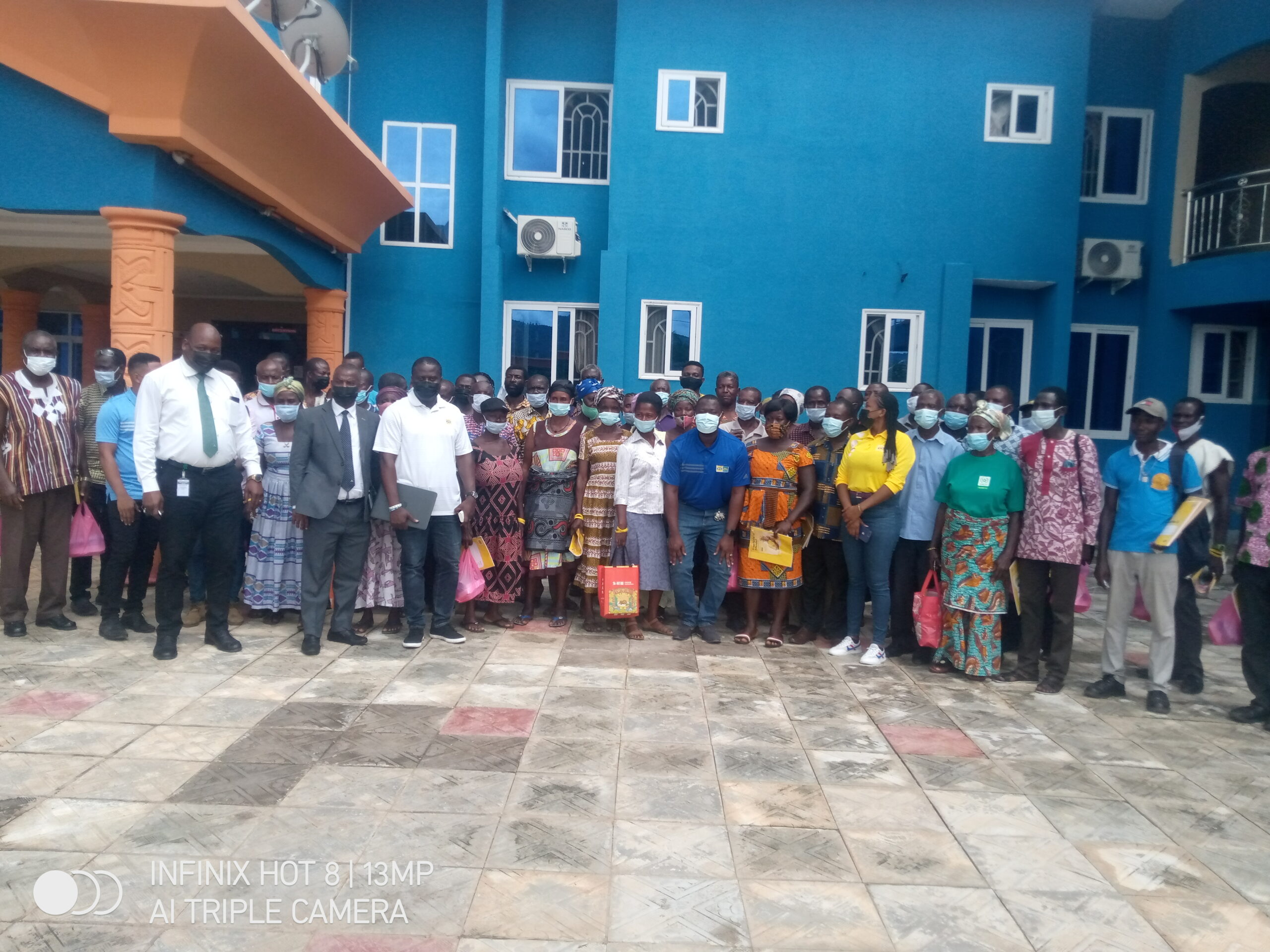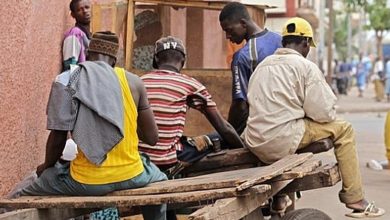AGRA outlines five-year vision

The Alliance for a Green Revolution in Africa (AGRA), after 10 years existence on the continent, is moving to an integrated delivery approach to better catalyse and accelerate agricultural transformation.
Previously, AGRA’s programmes were designed and phased at different times, with different business plans and deliverables. Now AGRA has country-level strategies that use an integrated package of support tailored to specific needs and focus areas.
Since 2007 AGRA has been working across Ghana, reaching out to partners in the public and private sector in an effort to make food production on smallholder farms more productive and profitable.
AGRA’s work in the country addresses fundamental challenges that make it difficult for smallholder farmers to obtain seeds for high-yield crop varieties, fertilisers to revive their depleted soils, and market opportunities to justify consistent investments in production improvements.
For example, AGRA invested US$2million to support scientists at the Council for Scientific and Industrial Research (CSIR) that led to the development and release of 41 new crop varieties for cassava, maize, rice cowpea, groundnut and soybean; and supported tuition for 18 PhDs and 31 MScs studying plant breeding, agronomy, crop and soil sciences.
AGRA, in the past nine (9) years, has worked with more than 95 grantees in Ghana and disbursed US$60million funding for agriculture.
At its strategy and business plans (2016-2020) stakeholders’ consultation held last week in Accra, AGRA’s Regional Head Fadel Ndiame said the new strategy will be delivered through two programmes: first the Agricultural transformation programme, which will implement a fully integrated set of activities to catalyse and sustain an agricultural transformation across 11 African countries.
The second is a farmer-solutions programme that drives the innovations needed to develop holistic market-based solutions and overcome key technical and capacity barriers to agriculture transformation.
Mr. Ndiame said across both programmes, AGRA will pay close attention to four cross-cutting themes: climate change, women in agriculture, youth in agriculture, and nutrition.
The team leader for AGRA’s country team, Kehinde Makinde, said government’s expenditure on agriculture has met the CAADP Maputo Accord target of 10% of the total budgetary expenditure, and that the country is self-sufficient in cassava, yam; and other staples like rice, maize and cowpea have experienced significant increase in production.
However, challenges remain — as lack of markets, high post-harvest losses, and low use of inputs coupled with high price volatility and limited lending to agriculture are major setbacks. He said AGRA’s new intervention will focus on 28 districts in the Brong Ahafo and Northern Regions, where it will target 400,000 farmers.
To this end, AGRA is proposing a budget of US$31million over five years, and this represents a cost per farmer of US$21, although this figure varies significantly according to type of activity and region. The government of Ghana is expected to provide US$546million, with donors providing US$529million, while the private sector’s contribution is yet to be determined.
Source: B&FT



